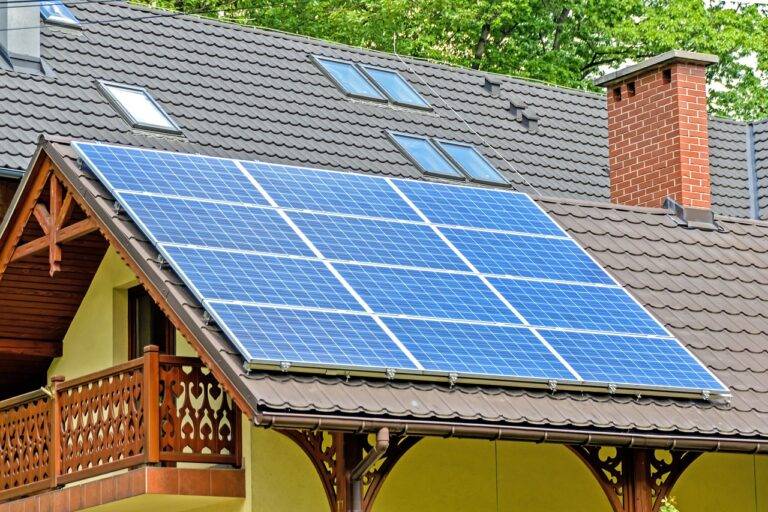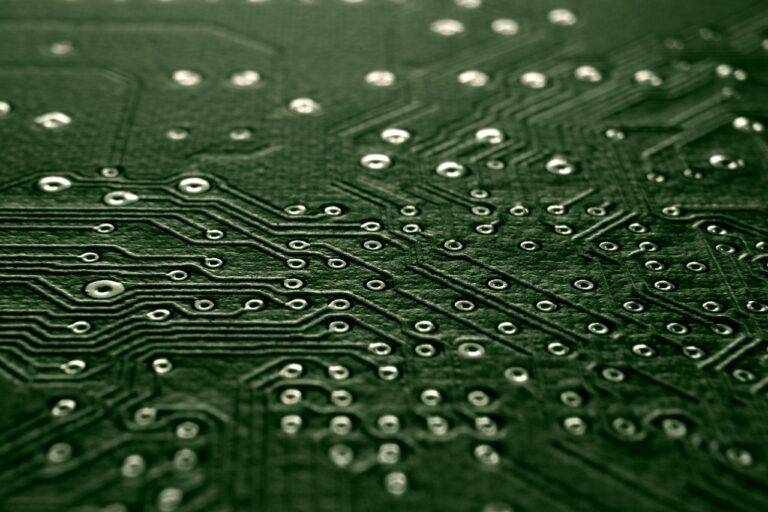The Impact of 5G on Smart Farming Solutions
Over the years, farming technology has undergone a significant transformation, revolutionizing the agricultural industry. Traditional farming methods that heavily relied on manual labor have been replaced by modern machinery and equipment that streamline processes and increase efficiency. From the invention of the plow to the development of tractors and harvesters, technological advancements have greatly improved productivity on farms.
In recent decades, the introduction of precision agriculture has further propelled the evolution of farming technology. This approach utilizes GPS, sensors, and data analytics to optimize field operations, reduce waste, and enhance crop yields. Farmers now have access to sophisticated tools and software that enable them to monitor soil health, moisture levels, and plant growth in real-time, allowing for precise decision-making and resource allocation. The integration of technology in agriculture continues to push boundaries and shape the future of farming practices.
Benefits of 5G Connectivity in Agriculture
5G connectivity is revolutionizing the agricultural sector by offering faster and more reliable communication between farmers, machines, and systems. This high-speed network enables real-time data transfer and access to advanced technologies, enhancing overall efficiency and productivity on the farm. With 5G, farmers can remotely monitor crops, automate irrigation systems, and deploy drones for crop monitoring with minimal latency, allowing for quicker decision-making and more streamlined operations.
Moreover, the low latency of 5G connectivity facilitates the implementation of precision agriculture techniques, such as variable rate applications and autonomous machinery. By providing seamless connectivity across the farm, 5G enables precise control over planting, fertilizing, and harvesting processes, leading to optimized resource utilization and higher yields. With this technology, farmers can also integrate IoT devices and sensors seamlessly, enabling them to gather real-time data on weather conditions, soil moisture levels, and crop health, empowering them to make data-driven decisions for better crop management.
Improved Data Collection and Analysis in Smart Farming
Data collection and analysis have revolutionized the landscape of modern agriculture. Through the use of advanced technologies, farmers can now gather real-time data on crop health, soil conditions, weather patterns, and machinery performance. This wealth of information allows them to make data-driven decisions to optimize their operations and increase productivity.
By harnessing the power of big data and artificial intelligence, smart farming systems have the capability to analyze vast amounts of information quickly and efficiently. This enables farmers to detect trends, predict potential issues, and implement proactive measures to mitigate risks. As a result, farmers can not only enhance their crop yields and quality but also minimize the environmental impact of their farming practices.
What is smart farming technology?
Smart farming technology refers to the use of advanced technologies such as sensors, drones, and data analytics to improve efficiency and productivity in agriculture.
How has farming technology evolved over the years?
Farming technology has evolved from traditional methods to more advanced technologies such as precision agriculture, which involves the use of GPS and satellite technology to optimize farm operations.
What are the benefits of 5G connectivity in agriculture?
5G connectivity enables faster and more reliable communication between devices, allowing for real-time data collection and analysis in smart farming applications.
How does improved data collection and analysis benefit farmers?
Improved data collection and analysis in smart farming helps farmers make more informed decisions, optimize resource usage, and increase crop yields.





